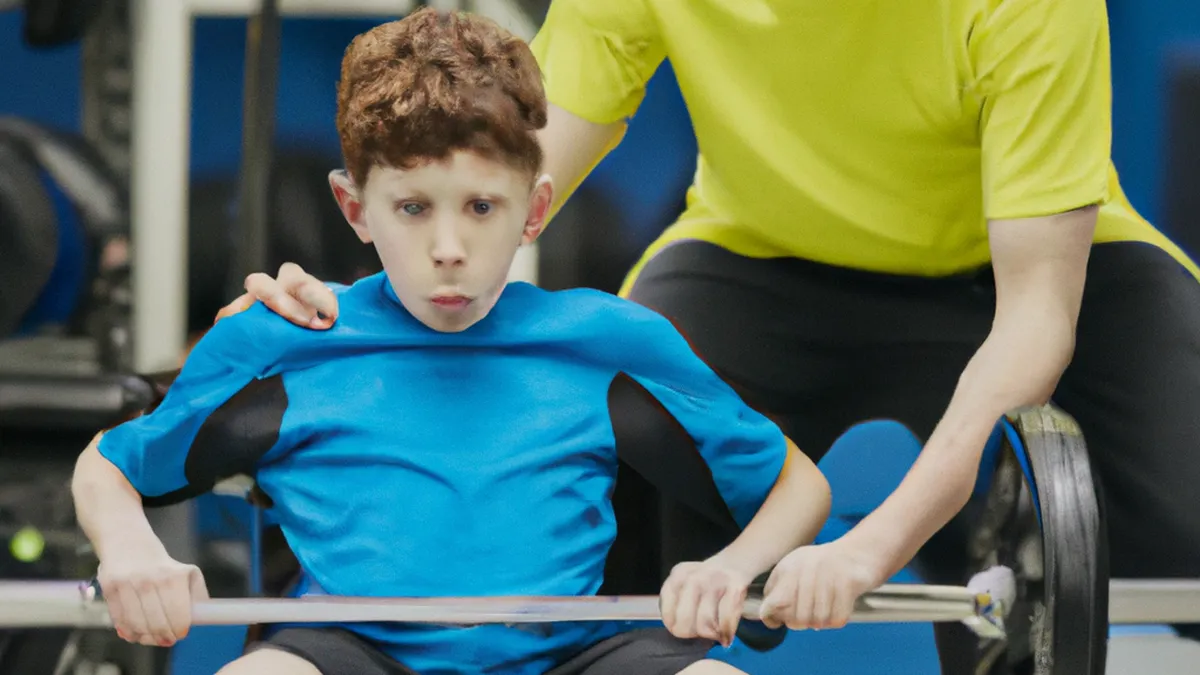Youth Fitness: Boosting Performance Safely
Age-Appropriate Strength Training for Young Athletes
As an Amazon Associate I earn from qualifying purchases.
Gear tip: consider standing desk balance board, desk cycle and insulated water bottle to support this workout.
Strength training benefits young athletes, not just adults. It enhances athletic performance, reduces injury risk, and builds self-confidence. Parents and coaches should approach training thoughtfully, aligning it with young athletes’ developmental needs.
Understanding Young Athletes’ Needs
Young athletes experience critical growth phases. Their bodies still mature, requiring a tailored strength training approach. The goal should focus on promoting fitness and physical literacy, not creating mini bodybuilders. Fun, skill-oriented activities keep young athletes motivated and foster lifelong fitness habits.
Start with Bodyweight Exercises
Bodyweight exercises serve as excellent starting points for beginners. They build strength without the risks associated with weights. Effective movements include push-ups, squats, lunges, and planks. These exercises enhance core stability, body control, balance, and coordination.
Bodyweight exercises help young athletes learn proper form and technique. Mastering these movements is essential before adding external resistance. Gradually incorporate light weights or resistance bands once they feel confident.
Incorporate Resistance Bands
Resistance bands offer another fantastic training tool for young athletes. They come in various resistance levels, making them suitable for different skill levels. Bands provide a safe way to introduce strength training. Young athletes can perform numerous exercises, including squats, chest presses, and rows.
Incorporating bands adds variety to workouts, maintaining engagement and interest. Young athletes prefer training programs that feel fresh and exciting. Resistance bands are also portable, ideal for outdoor sessions or travel.
Set Realistic Goals
Establishing realistic, age-appropriate goals is crucial for young athletes. Focus on skill development and functional strength instead of heavy lifting. Achievable goals foster accomplishment and encourage long-term fitness commitment.
Discuss these goals openly with your young athlete. Ensure they understand the importance of progress over perfection. Celebrate small victories, such as completing new workouts or mastering challenging exercises. This positive reinforcement boosts motivation and enthusiasm.
Provide Guidance and Supervision
Proper guidance and supervision are essential for young athletes during strength training. Coaches and parents should monitor workouts closely to ensure safety and technique. Demonstrating exercises and correcting improper form prevents injuries and instills good habits.
Regular check-ins help assess progress and address concerns. Encourage open communication about discomfort or challenges during workouts.
Conclusion
Age-appropriate strength training benefits young athletes by enhancing fitness, reducing injuries, and boosting confidence.
Below are related products based on this post:
FAQ
What are the benefits of strength training for young athletes?
Strength training enhances athletic performance, reduces the risk of injuries, and builds self-confidence in young athletes. It is essential to approach training thoughtfully to align with their developmental needs.
What types of exercises are recommended for beginners in strength training?
Bodyweight exercises, such as push-ups, squats, lunges, and planks, are excellent starting points for beginners. They help build strength while minimizing risks and allow young athletes to learn proper form and technique before progressing to weights or resistance bands.
How can parents and coaches support young athletes in their strength training journey?
Parents and coaches can support young athletes by providing proper guidance and supervision during workouts, ensuring safety and technique are prioritized. Establishing realistic, age-appropriate goals and celebrating small victories also fosters motivation and a commitment to long-term fitness.















Post Comment